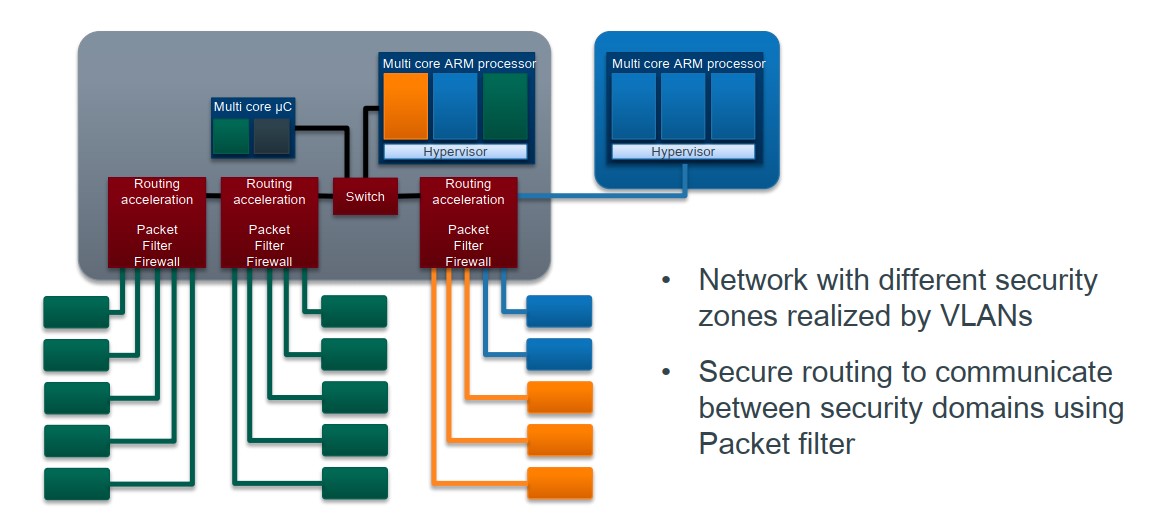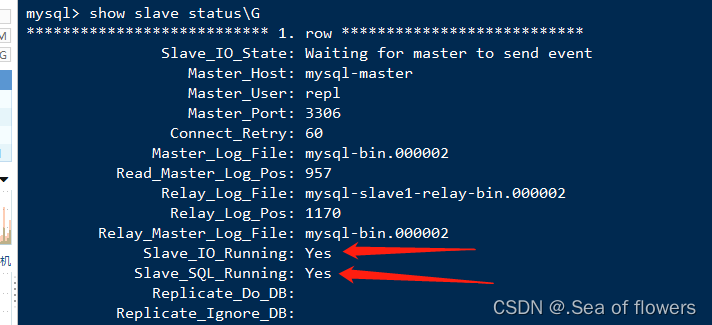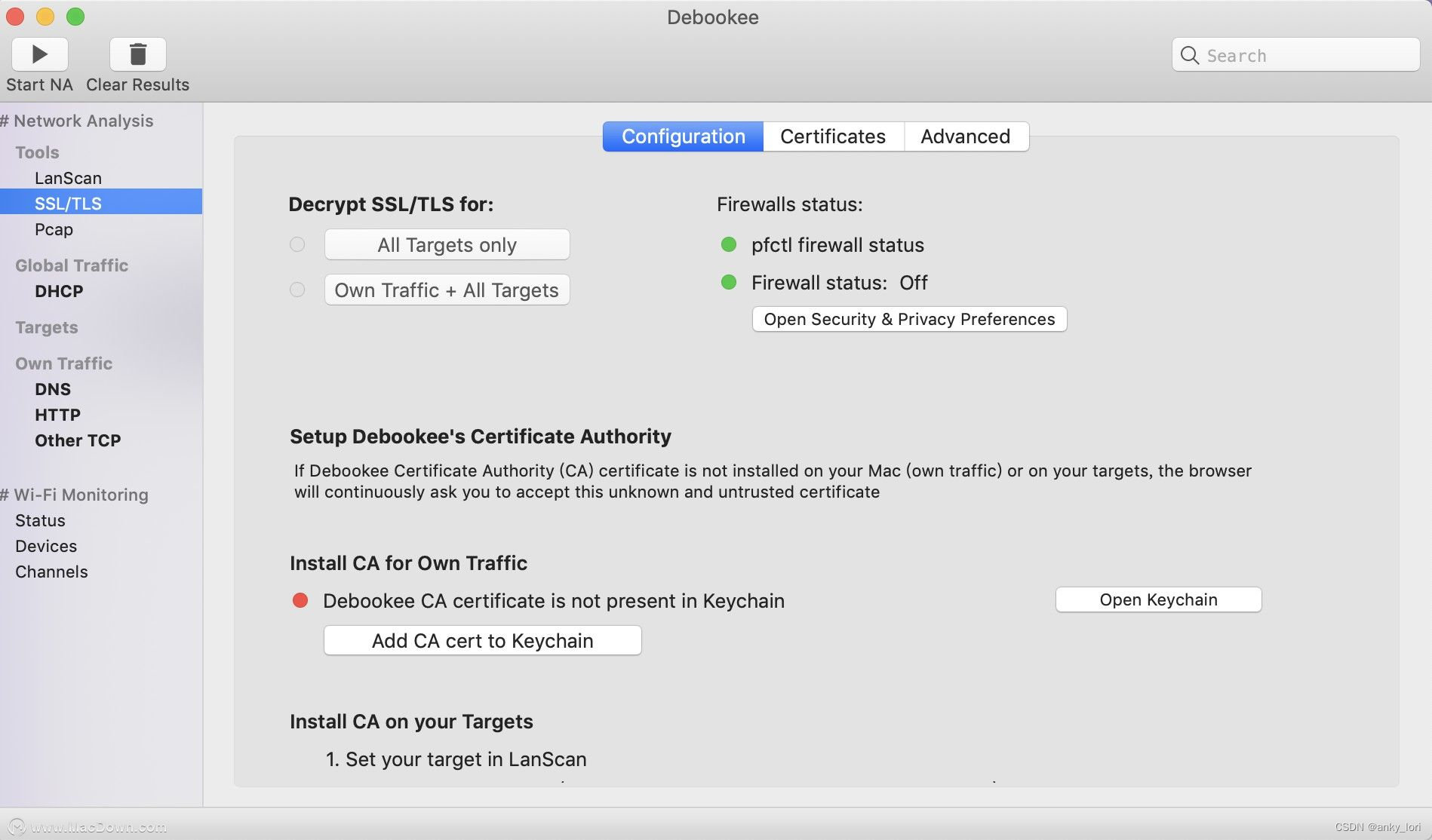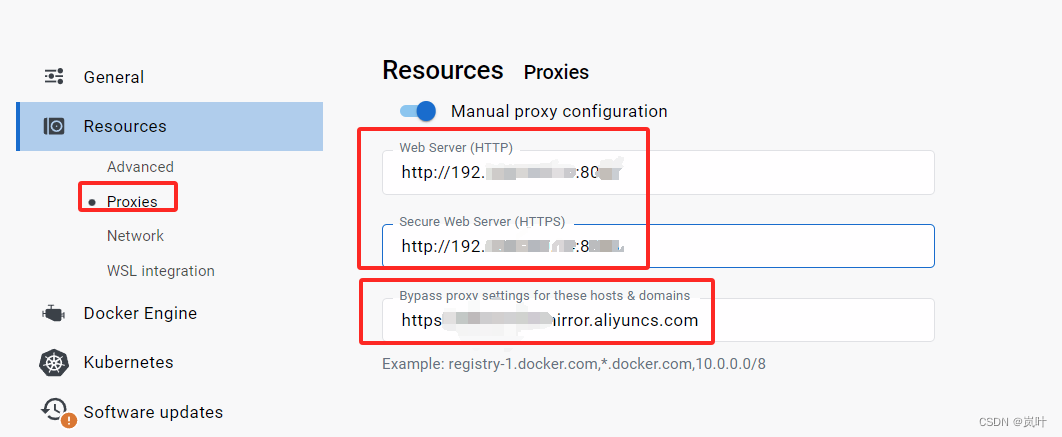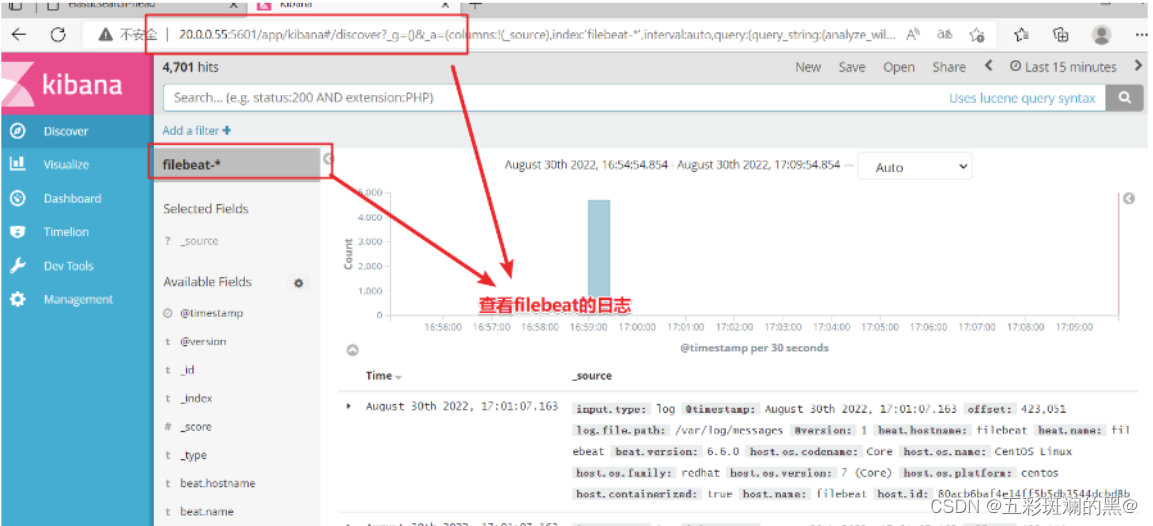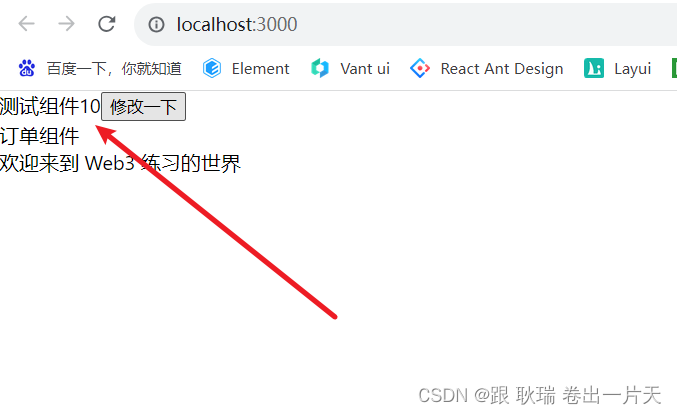一、Prometheus
获取配置文件
docker run -d -p 9090:9090 --name prometheus prom/prometheus
mkdir -p /app/prometheus
docker cp prometheus:/etc/prometheus/prometheus.yml /app/prometheus/prometheus.yml
停止并删除旧的容器,重新启动
docker run -d --name prometheus -p 9090:9090 -v /app/prometheus/prometheus.yml:/etc/prometheus/prometheus.yml prom/prometheus
访问prometheus
http://XX.xx.xx.xx:9090
二、Grafana
看板ID
https://grafana.com/grafana/dashboards/4701-jvm-micrometer/
设置grafana映射文件夹
mkdir -p /app/grafana
chmod 777 -R /app/grafana
启动
docker run -d -p 3000:3000 --name=grafana -v /app/grafana:/var/lib/grafana grafana/grafana
默认密码admin admin
三、引入node-exporter监控服务器
docker run -d --name node-exporter -p 9100:9100 \
-v /etc/localtime:/etc/localtime -v /etc/timezone:/etc/timezone \
prom/node-exporter
将node-exporter服务暴露公网的ip和端口(内网ip也可以) 配置到Prometheus的prometheus.yml文件中
- job_name: 'linux'
static_configs:
- targets: ['106.54.220.184:9100']
重启容器,查看Prometheus
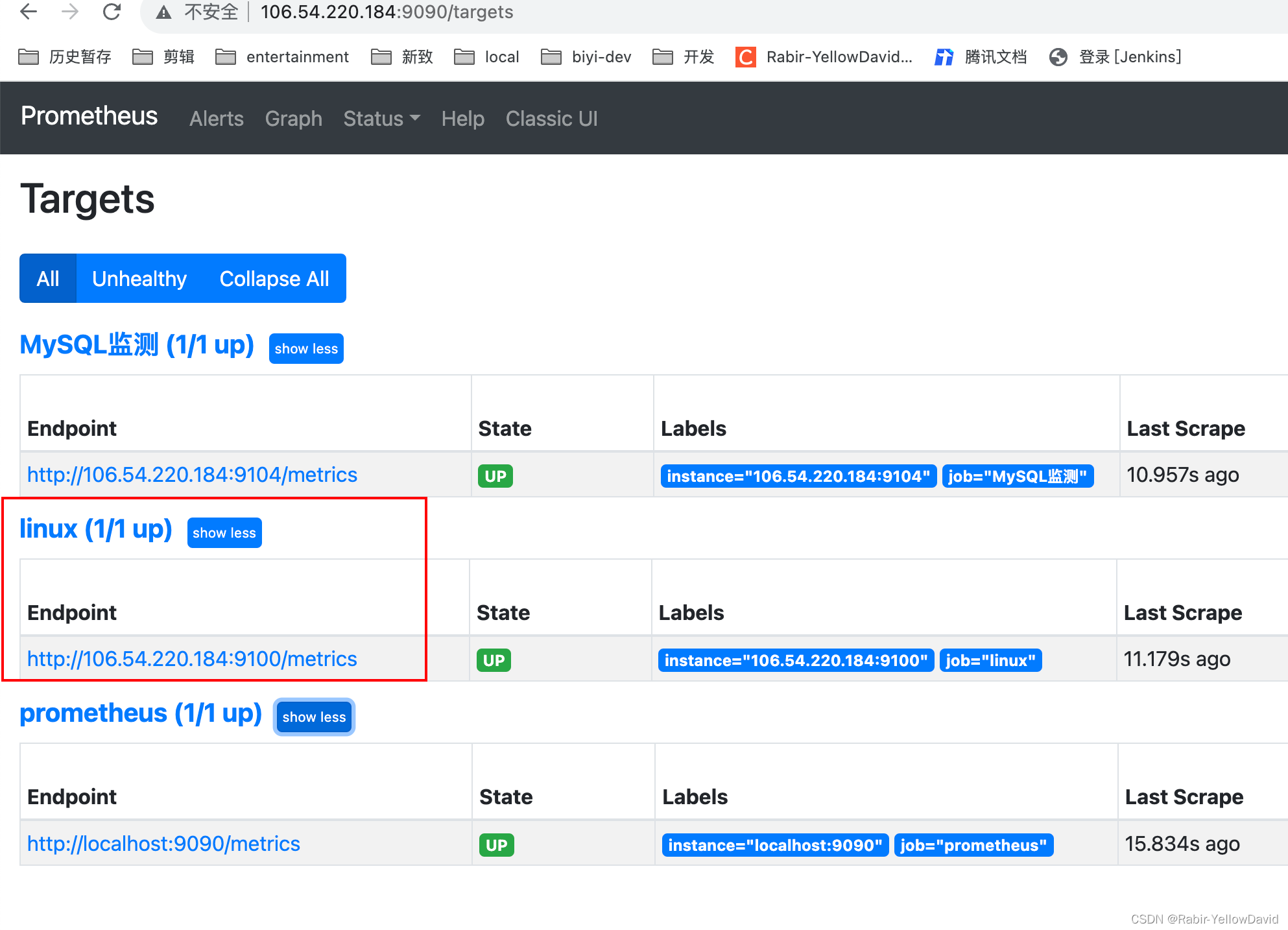
看板:Node Exporter Dashboard 220413 ConsulManager自动同步版
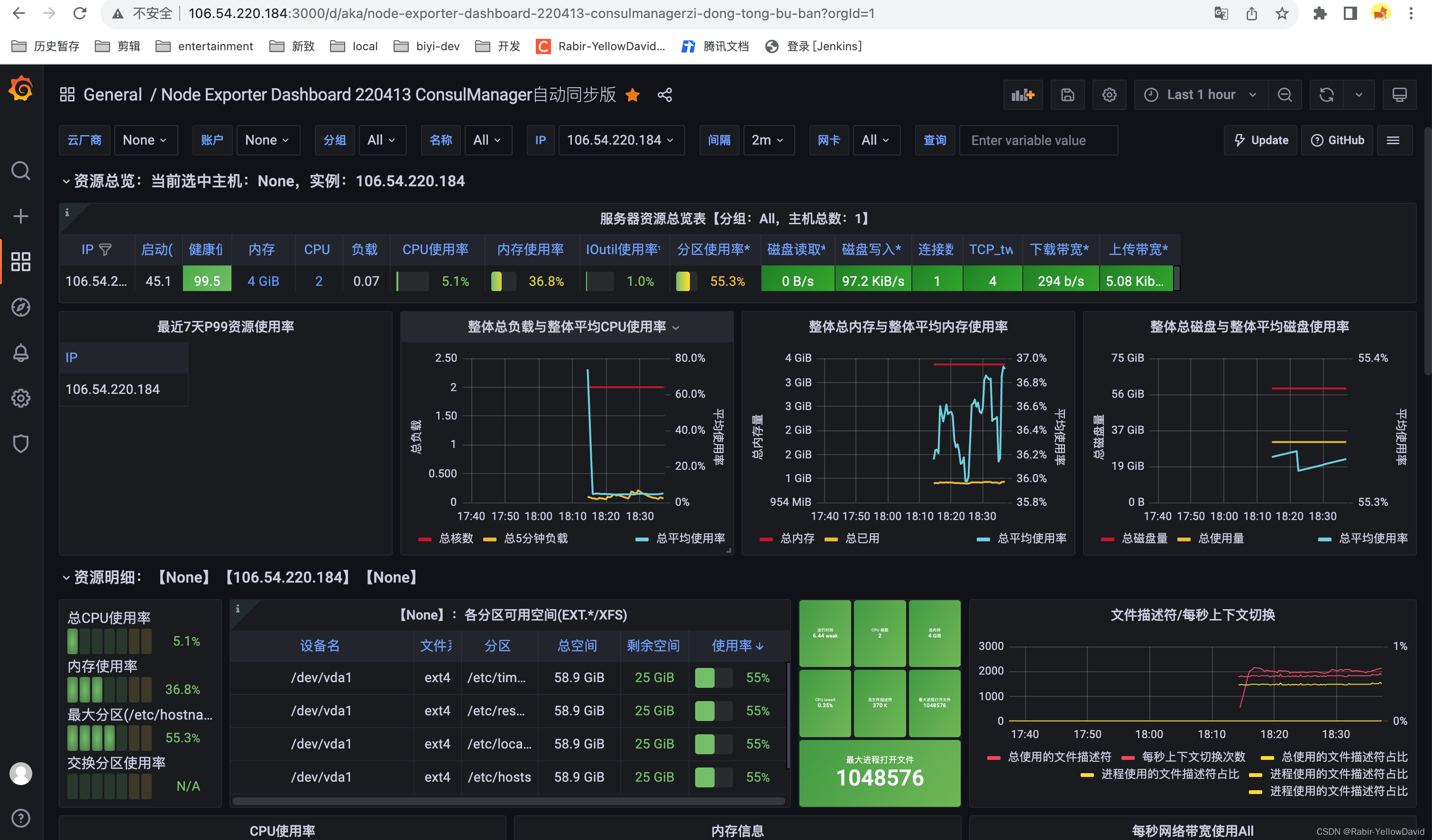
四、引入mysqld-exporter监控Mysql
在监控的mysql创建只能读取数据的用户,使用该用户登录返回数据库信息
CREATE USER 'mysqlexporter'@'106.54.220.184' IDENTIFIED BY 'mysqlexporter' WITH MAX_USER_CONNECTIONS 3;
GRANT PROCESS, REPLICATION CLIENT, SELECT ON *.* TO 'mysqlexporter'@'106.54.220.184';
flush privileges;
启动Mysql监听
docker run -d --name mysql-exporter -p 9104:9104 -e DATA_SOURCE_NAME="用户名:密码@(ip:3306)/mysql" prom/mysqld-exporter
docker run -d --name mysql-exporter -p 9104:9104 -e DATA_SOURCE_NAME="mysqlexporter:mysqlexporter@(ip:3306)/mysql" prom/mysqld-exporter
将mysqld-exporter服务暴露公网的ip和端口(内网ip也可以) 配置到Prometheus的prometheus.yml文件中
- job_name: 'mysql'
static_configs:
- targets: ['ip:9104']
查看普罗米修斯 是否新增了监听
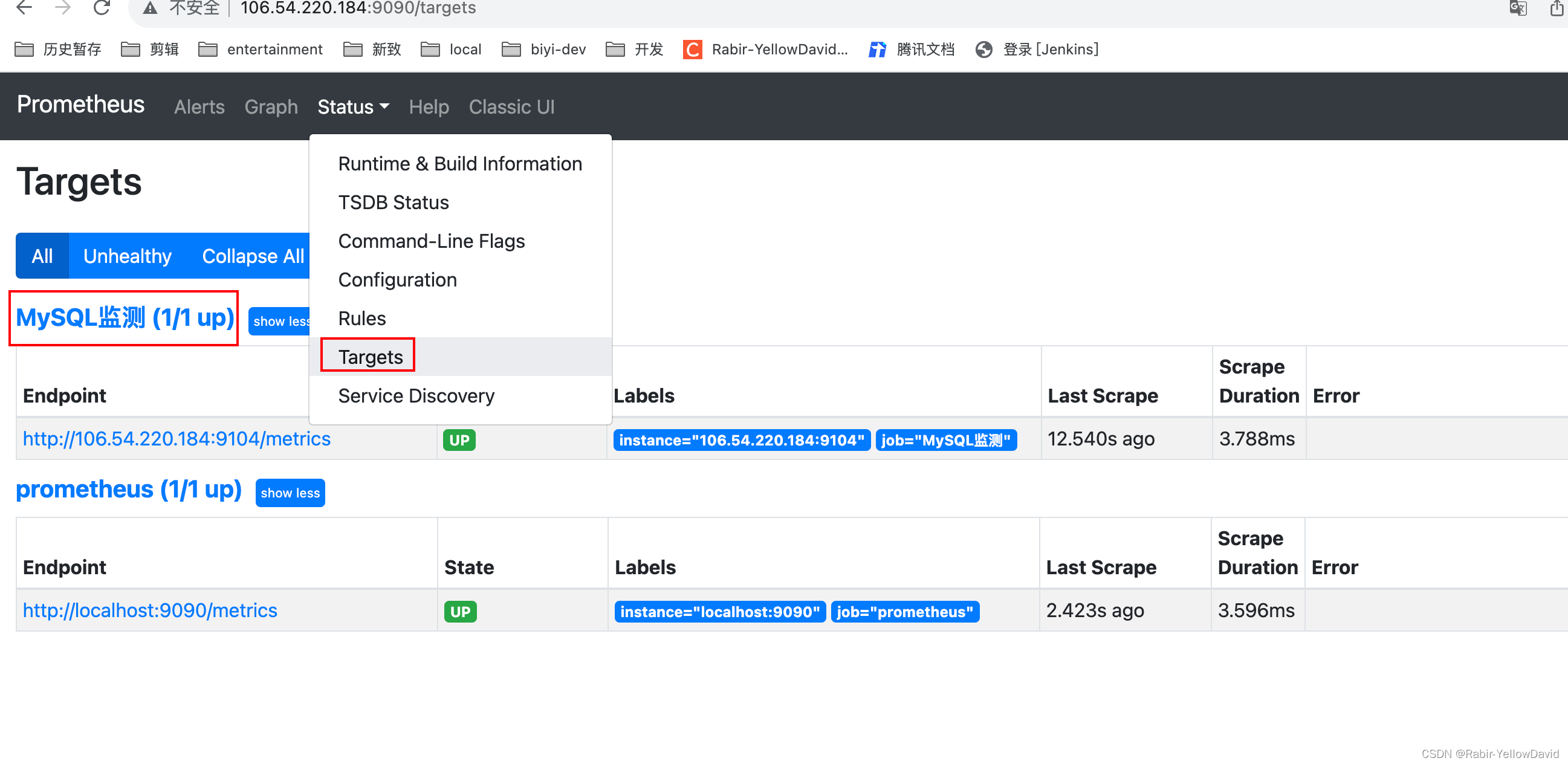
在Grafana配置Prometheus数据源
Configuration -> Data Sources ->add data source -> Prometheus
Create import Mysql看板ID:8919
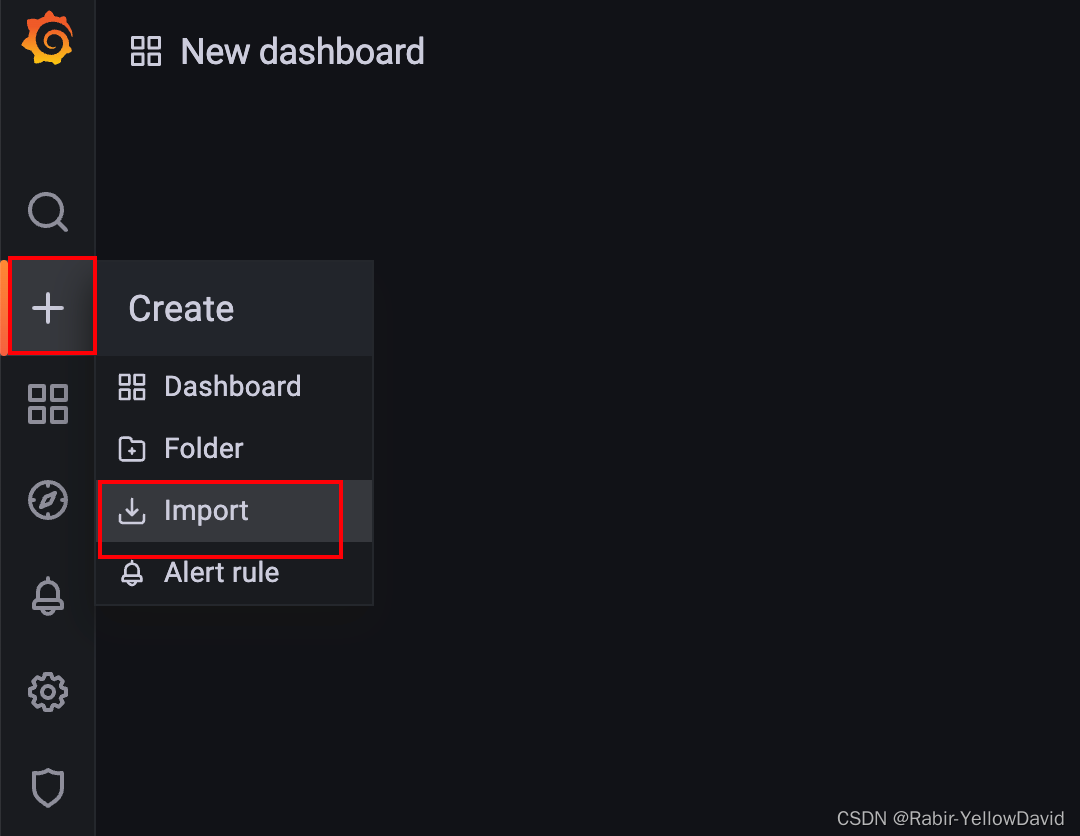
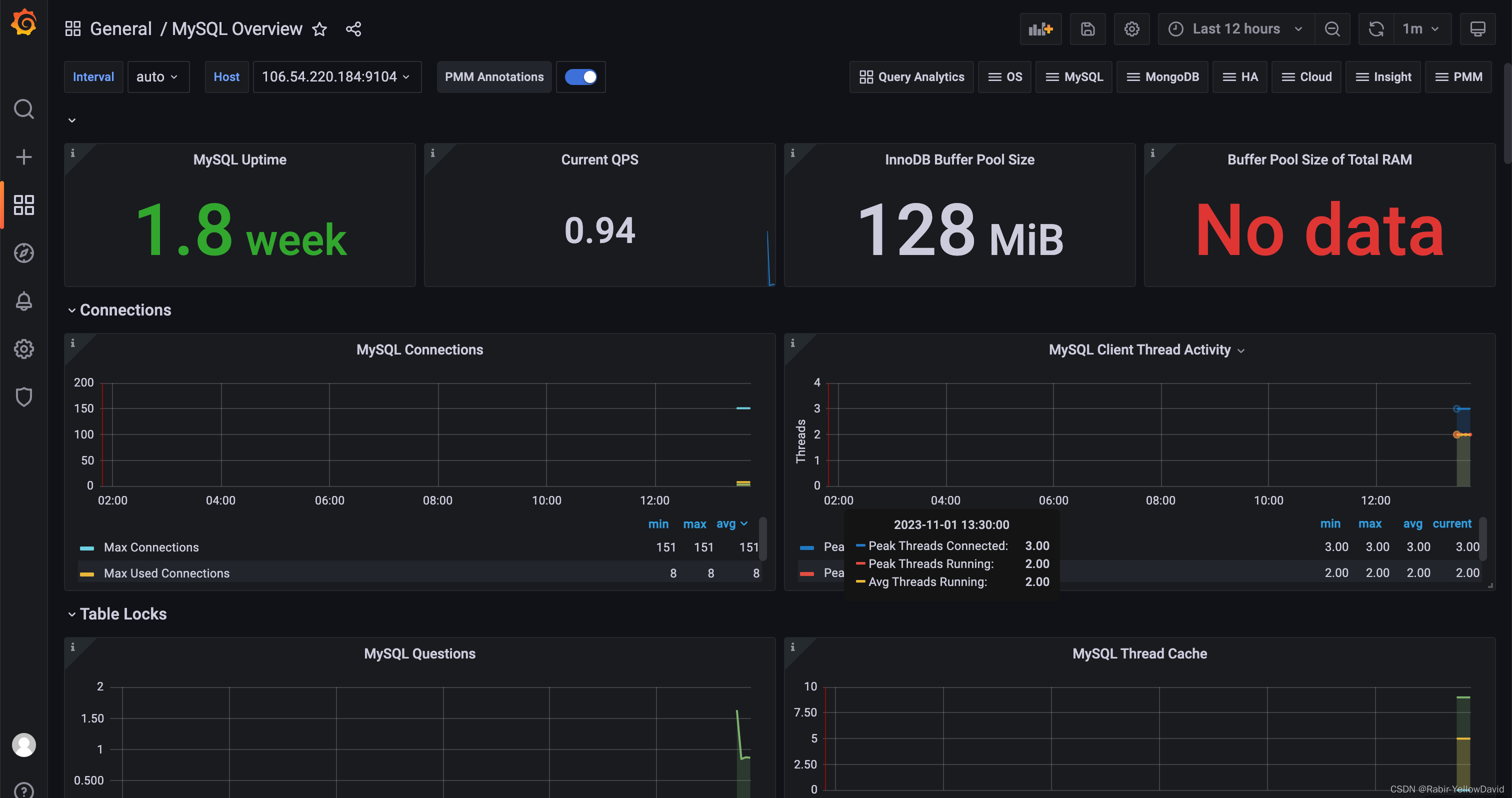
五、Springboot引入prometheus监测Jvm
应用引入prometheus依赖
<dependency>
<groupId>org.springframework.boot</groupId>
<artifactId>spring-boot-starter-actuator</artifactId>
</dependency>
<dependency>
<groupId>io.micrometer</groupId>
<artifactId>micrometer-registry-prometheus</artifactId>
<scope>runtime</scope>
</dependency>
修改配置文件
#prometheus监控平台配置
management:
endpoint:
metrics:
enabled: true #支持metrics
prometheus:
enabled: true #支持Prometheus
metrics:
export:
prometheus:
enabled: true
tags:
application: ruoyi-dev #实例名采集
endpoints:
web:
exposure:
include: '*' #开放所有端口
配置发送资源接口放行
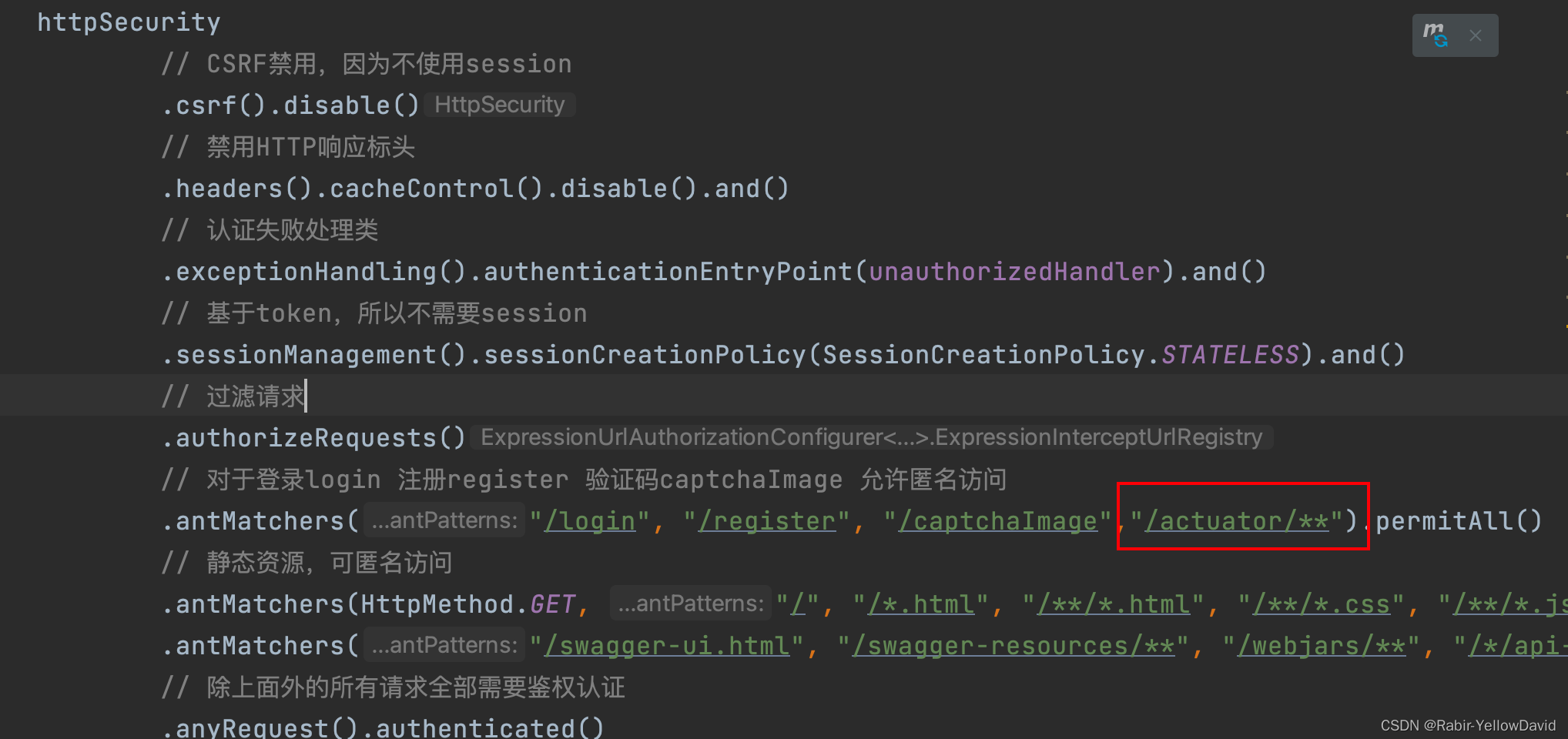
如果应用有app应用上下文,加入上下文/api
curl --request GET --url http://106.54.220.184:8080/api/actuator/prometheus
默认的话
curl --request GET --url http://ip:端口/actuator/prometheus
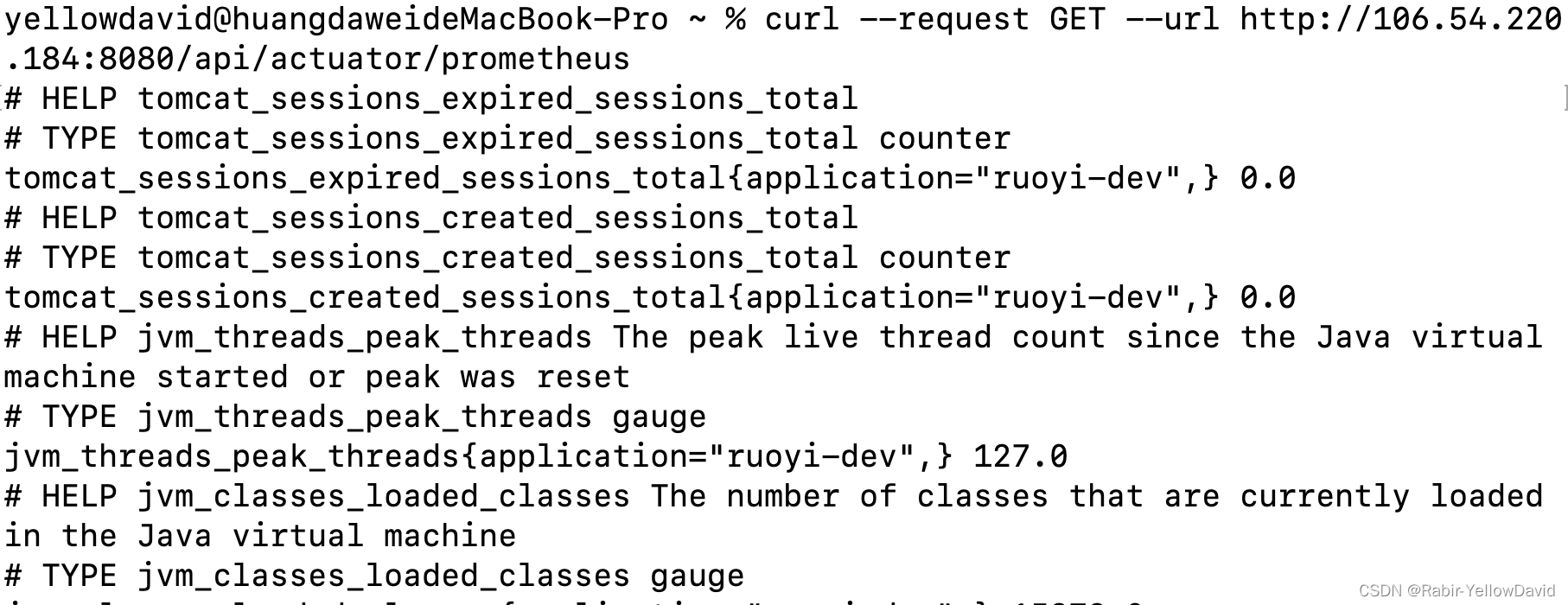
配置到prometheus监听
- job_name: "ruoyi-dev"
# metrics_path defaults to '/metrics'
# scheme defaults to 'http'.
metrics_path: /api/actuator/prometheus
static_configs:
- targets: ["106.54.220.184:8080"]

备份prometheus.yml默认配置
# my global config
global:
scrape_interval: 15s # Set the scrape interval to every 15 seconds. Default is every 1 minute.
evaluation_interval: 15s # Evaluate rules every 15 seconds. The default is every 1 minute.
# scrape_timeout is set to the global default (10s).
# Alertmanager configuration
alerting:
alertmanagers:
- static_configs:
- targets:
# - alertmanager:9093
# Load rules once and periodically evaluate them according to the global 'evaluation_interval'.
rule_files:
# - "first_rules.yml"
# - "second_rules.yml"
# A scrape configuration containing exactly one endpoint to scrape:
# Here it's Prometheus itself.
scrape_configs:
# The job name is added as a label `job=<job_name>` to any timeseries scraped from this config.
- job_name: "Prometheus"
# metrics_path defaults to '/metrics'
# scheme defaults to 'http'.
static_configs:
- targets: ["localhost:9090"]
- job_name: "MySQL-184"
# metrics_path defaults to '/metrics'
# scheme defaults to 'http'.
static_configs:
- targets: ["106.54.220.184:9104"]
- job_name: 'Linux-184'
static_configs:
- targets: ['106.54.220.184:9100']


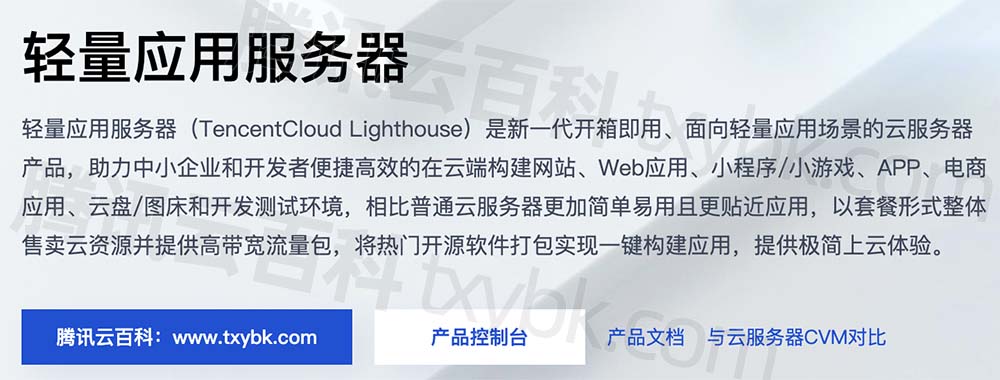
![[PHP]pearProject协作系统 v2.8.14 前后端](https://img-blog.csdnimg.cn/3e92fc5b74484b908bf85ac160ff1ed8.png)


